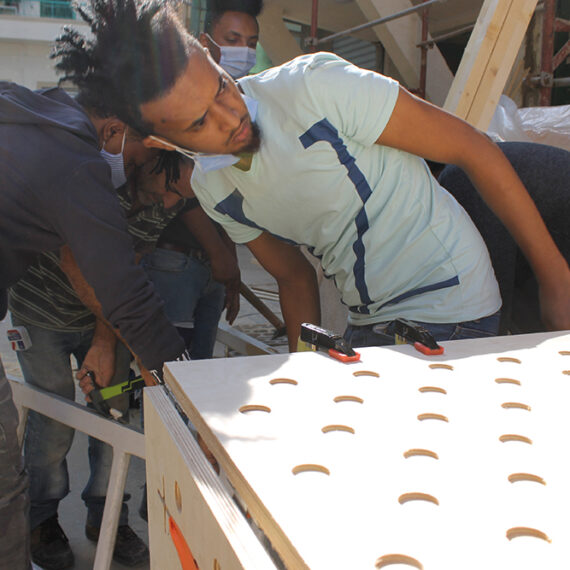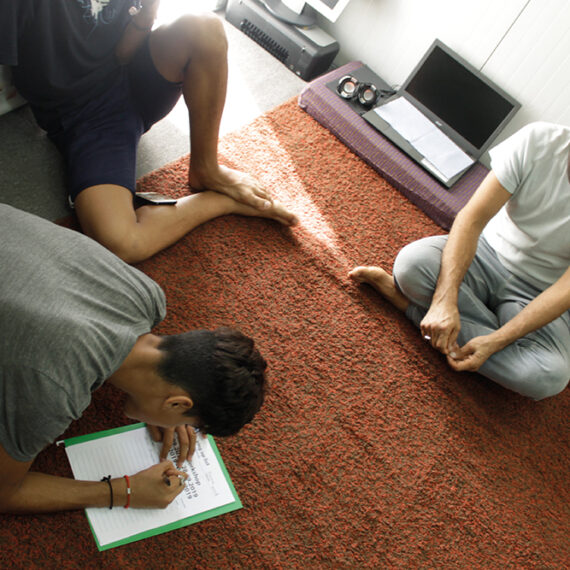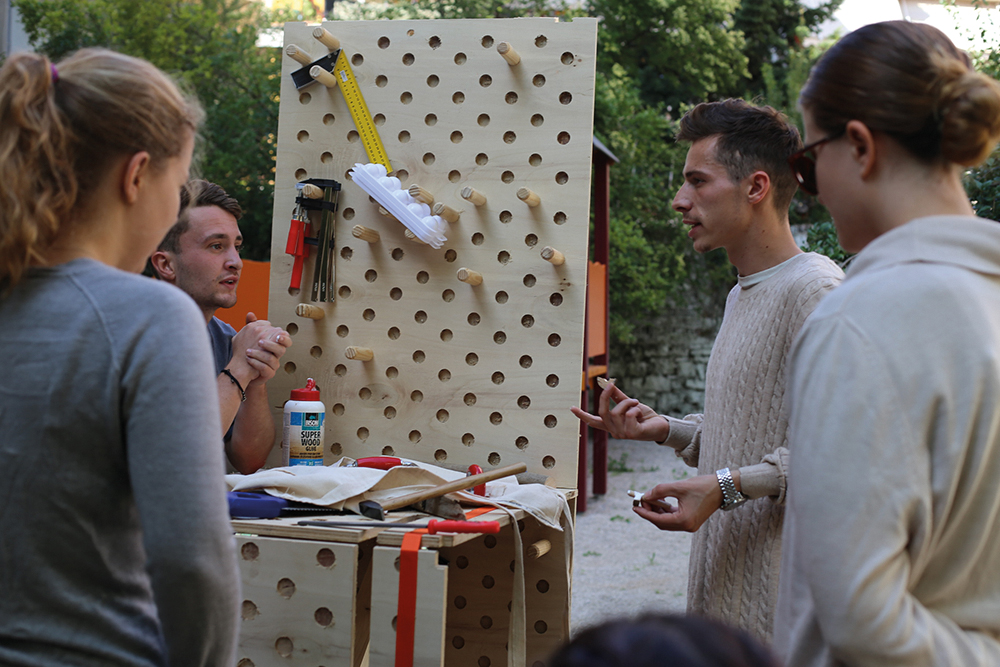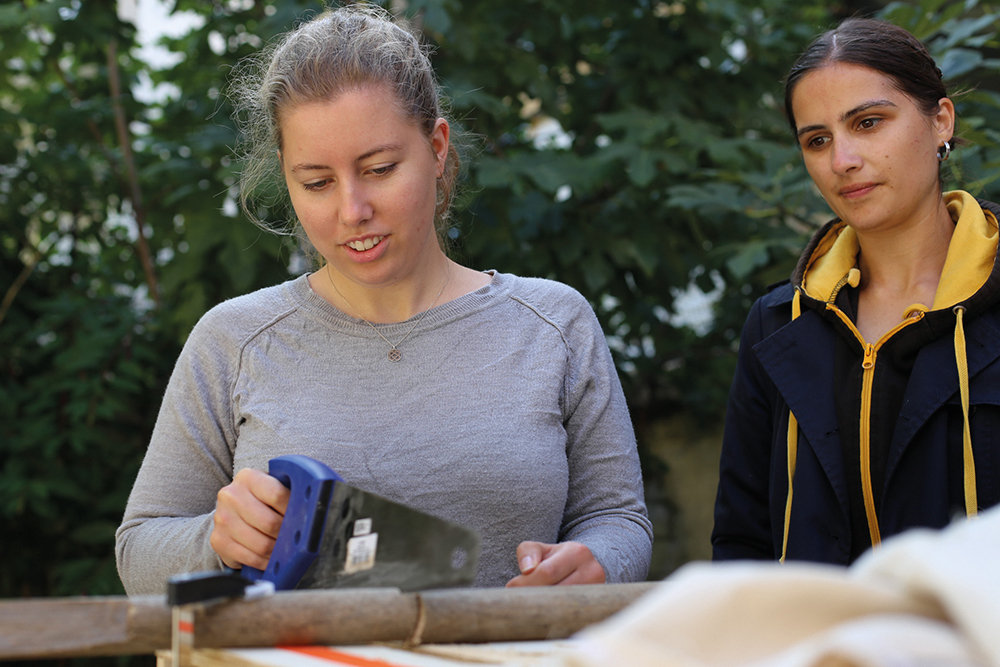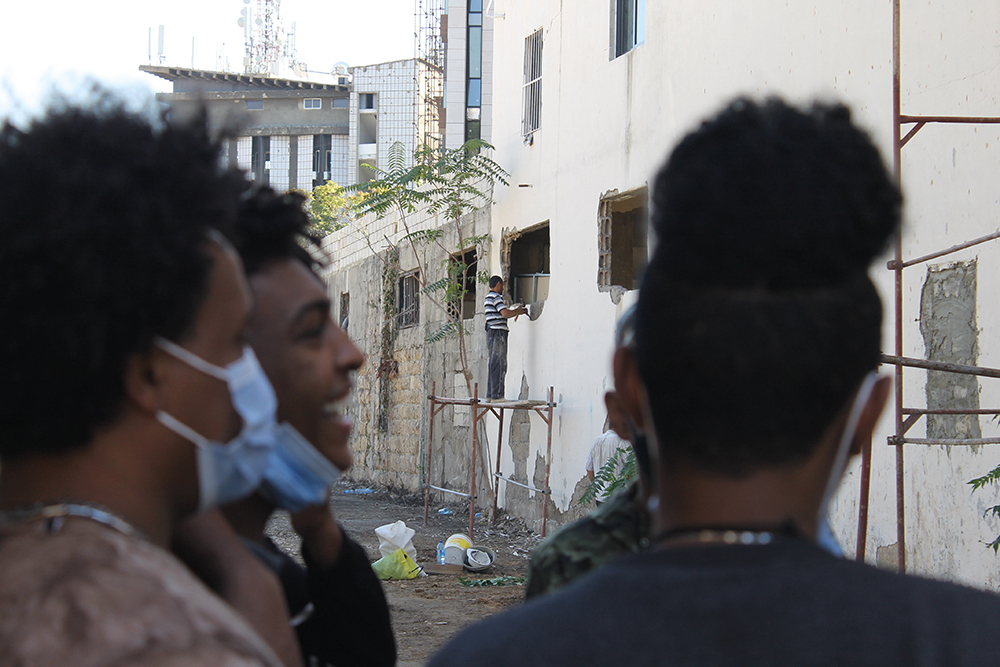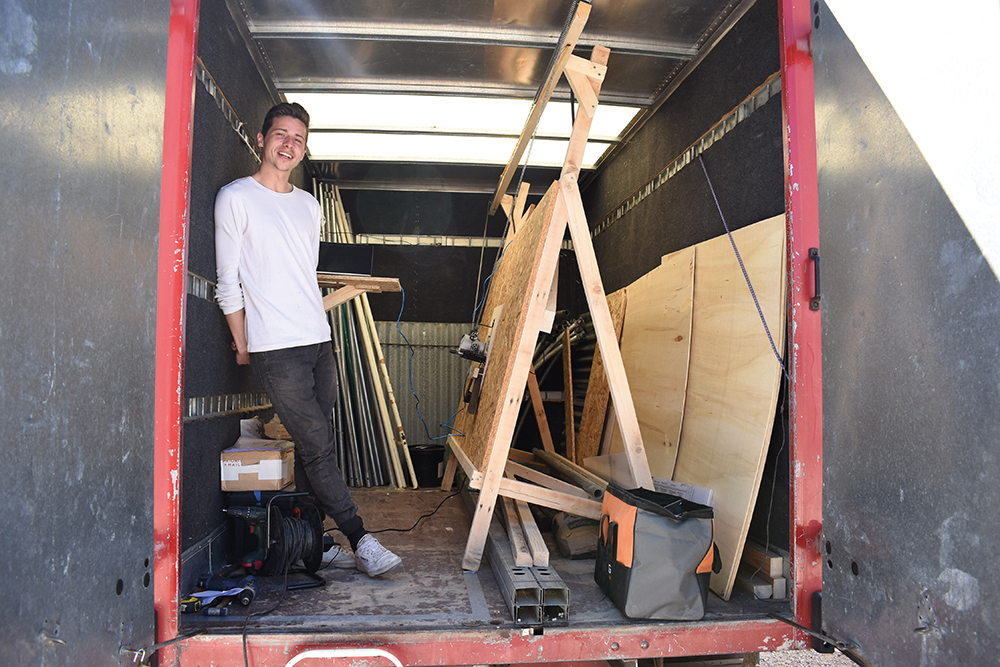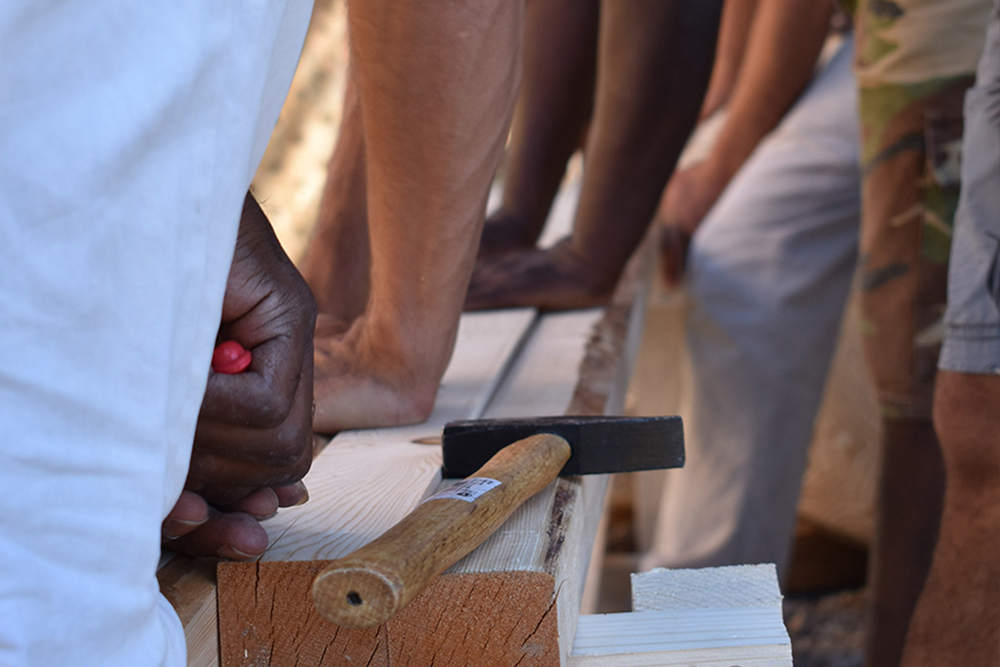Formal
Refugee Camps
The standards are low and the implementation often even worse
This form of camps describe formally planned campsites:
Refugee camps are a temporary but immediate shelter for people who are victims of war, persecution, or violence. These camps are not ideal but provide the most basic needs as food, water, shelter and medical treatment, etc.
The official definition at “unrefugees.org” states the same. This provision, however, may be affected by economical, financial, logistical organisational, and political factors.
Camps thus may get poor and ill-maintained and organisation may fail to get people’s contributions.





